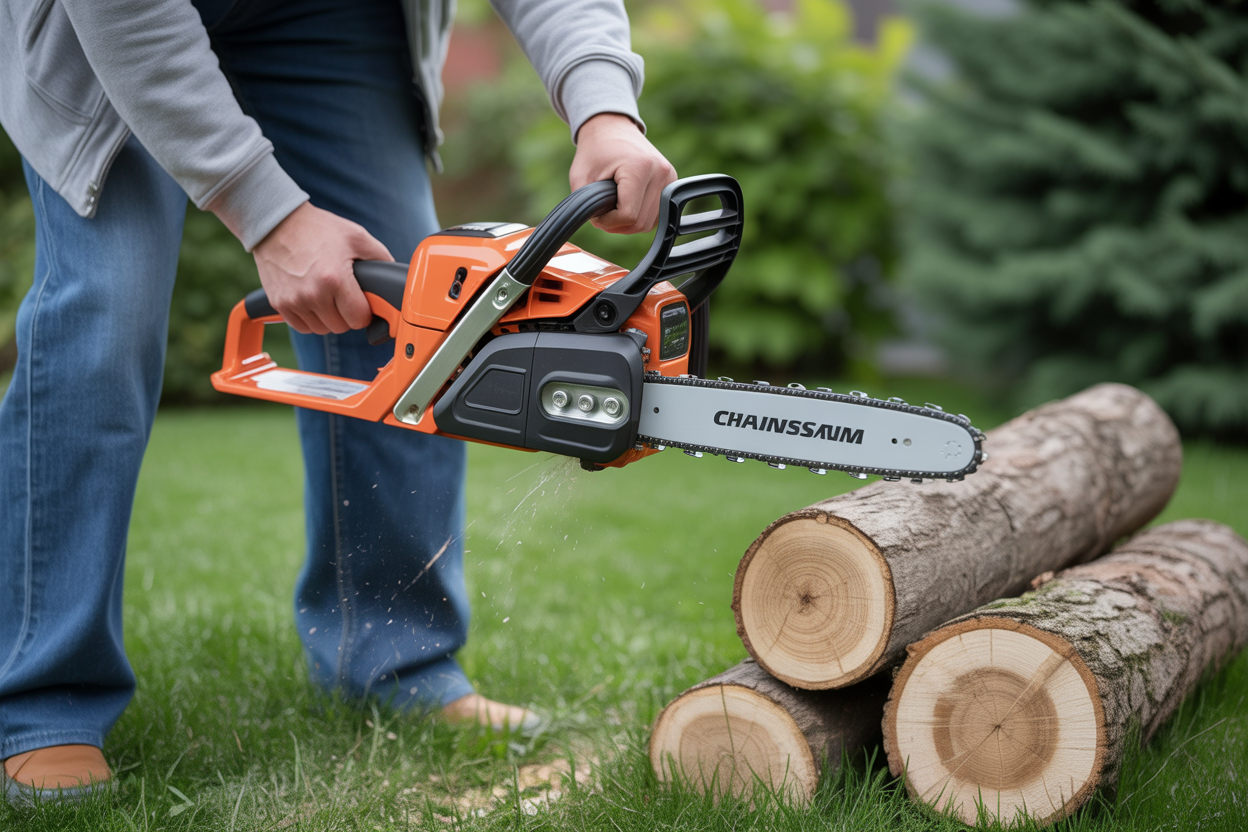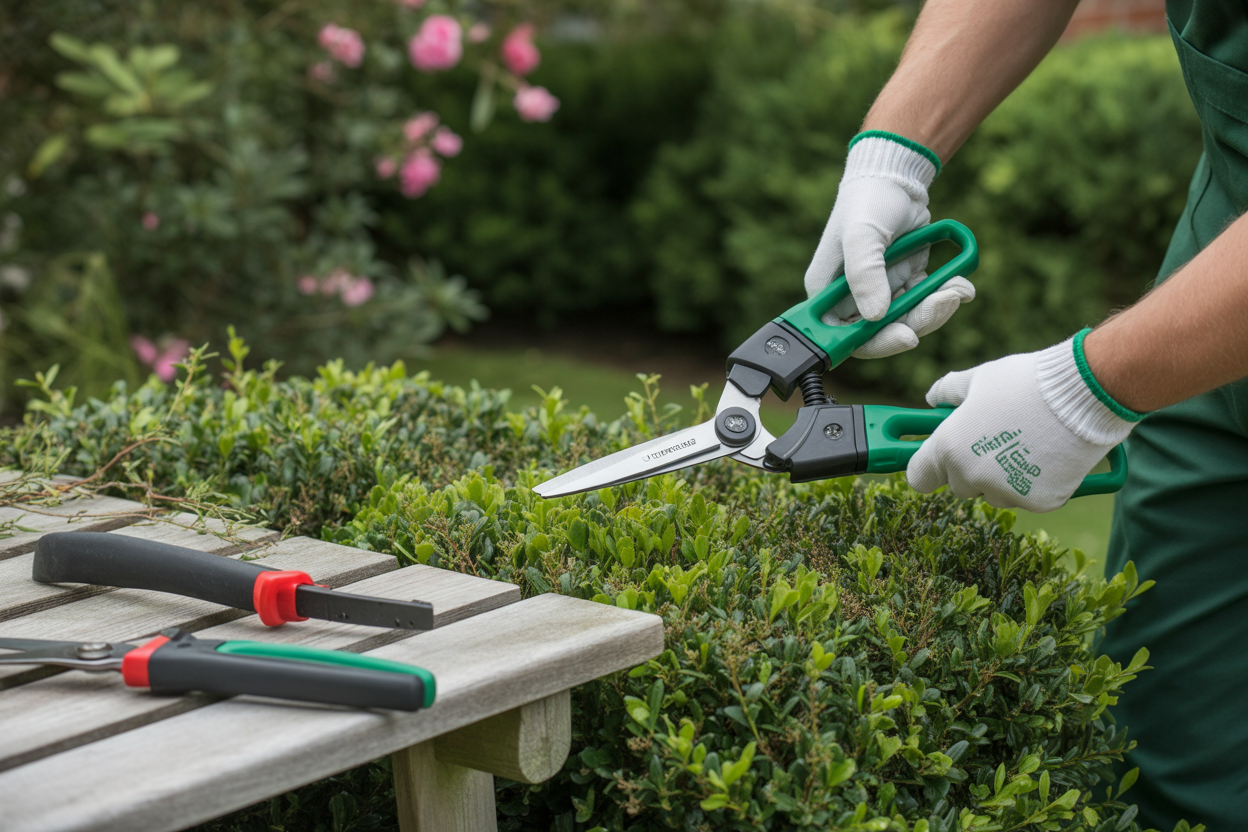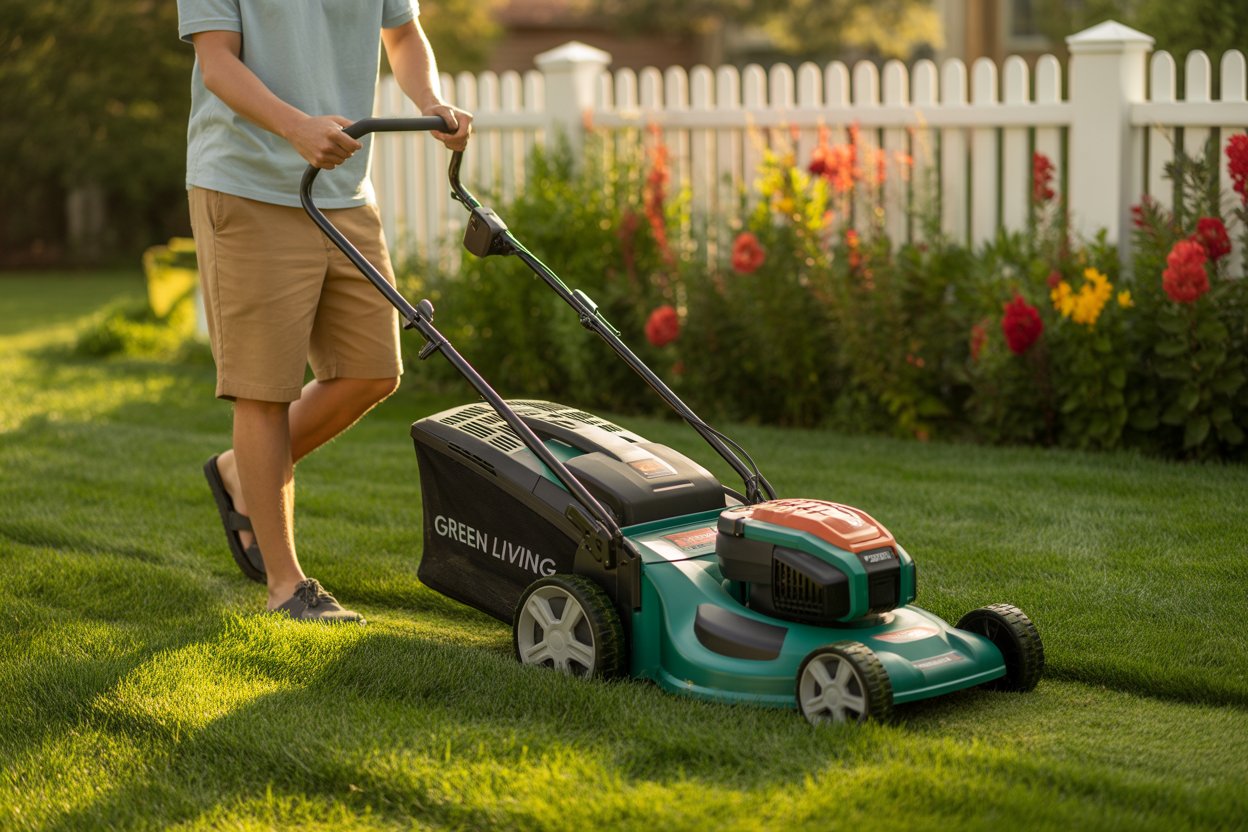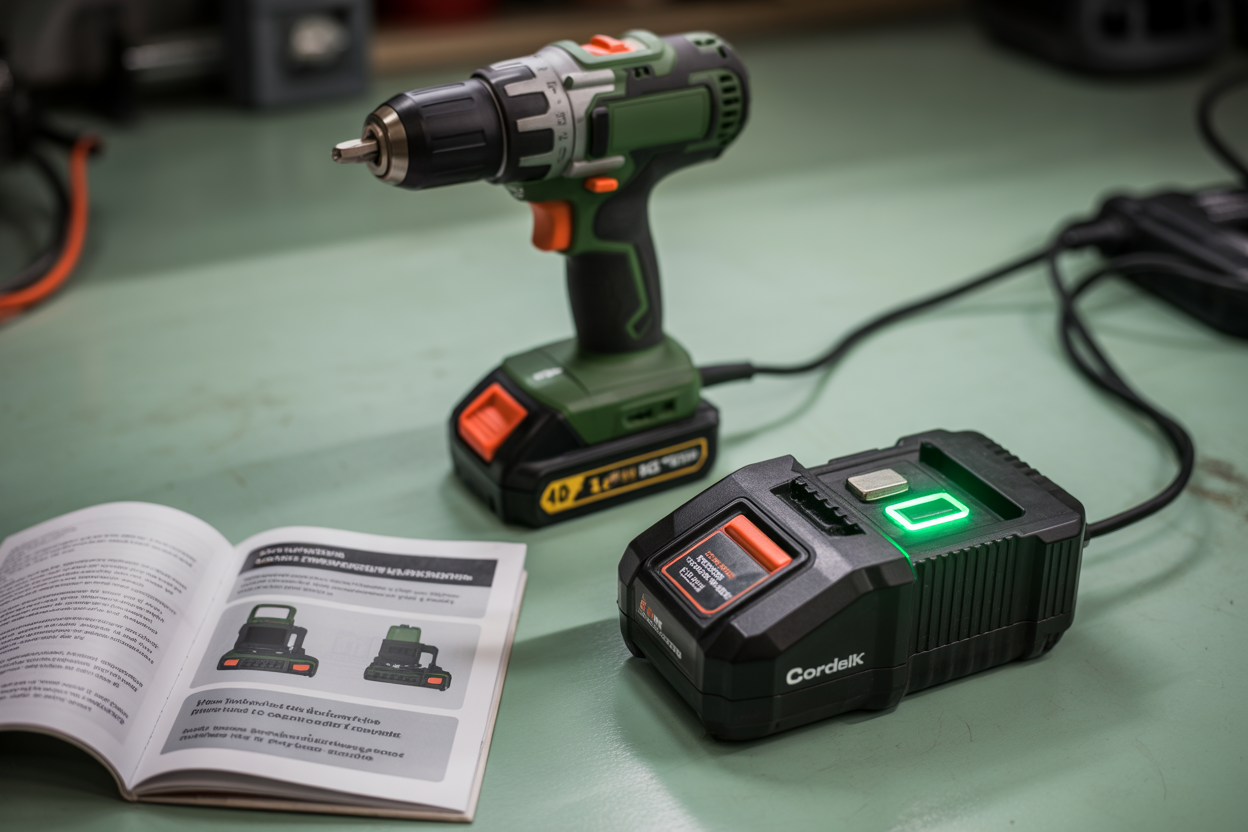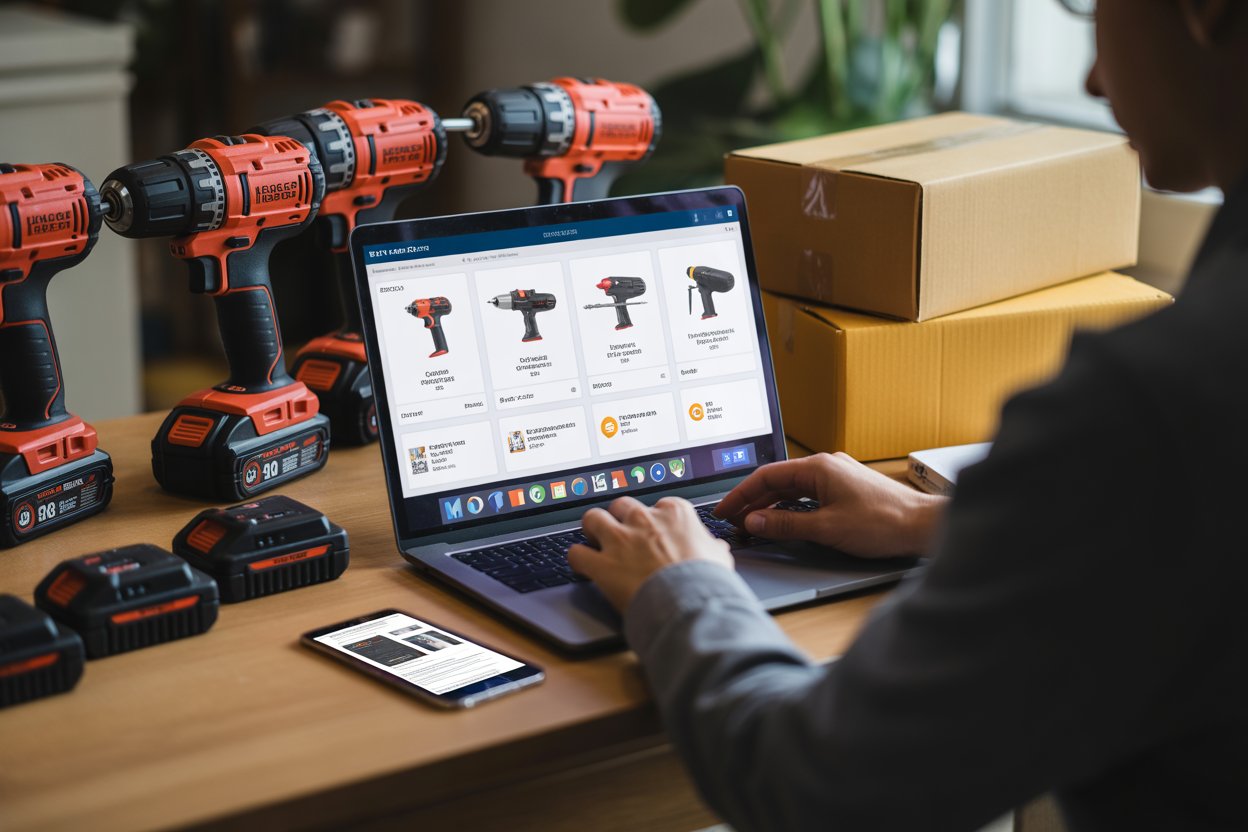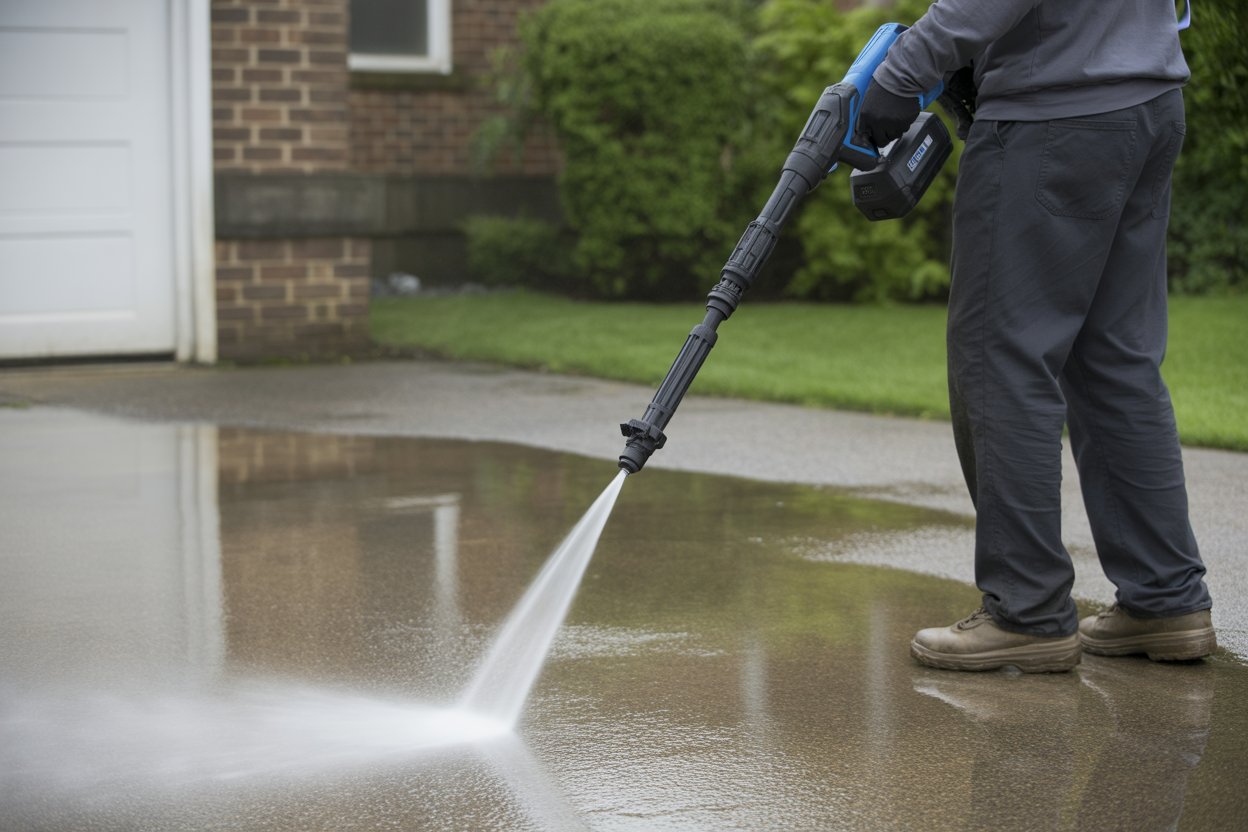
The first time I tried a lithium battery pressure washer1, I was hooked. No tangled cords, no noisy gas engine—just grab, spray, and watch the dirt disappear. It felt like giving my driveway a fresh coat of paint, only without the mess.
Lithium battery pressure washers are cordless cleaning tools powered by rechargeable batteries. They provide strong water pressure, portable design, and easier handling compared to corded or gas models. With proper use and care, they can handle most home, garden, and outdoor cleaning tasks efficiently.
What makes these washers stand out is not just their convenience but also their smart design. Let me walk you through why they’re becoming a go-to for homeowners, and how to use and maintain them without hassle.
Why Lithium Battery Pressure Washers Are Better Than Traditional Models
When I switched from my old gas washer to a lithium battery model, I immediately noticed how much simpler life became.
Lithium battery pressure washers are better than traditional gas or corded models because they are lightweight, portable, quieter, and eco-friendly. They eliminate fuel costs, reduce emissions, and work without power outlets, making them more practical for everyday cleaning tasks.
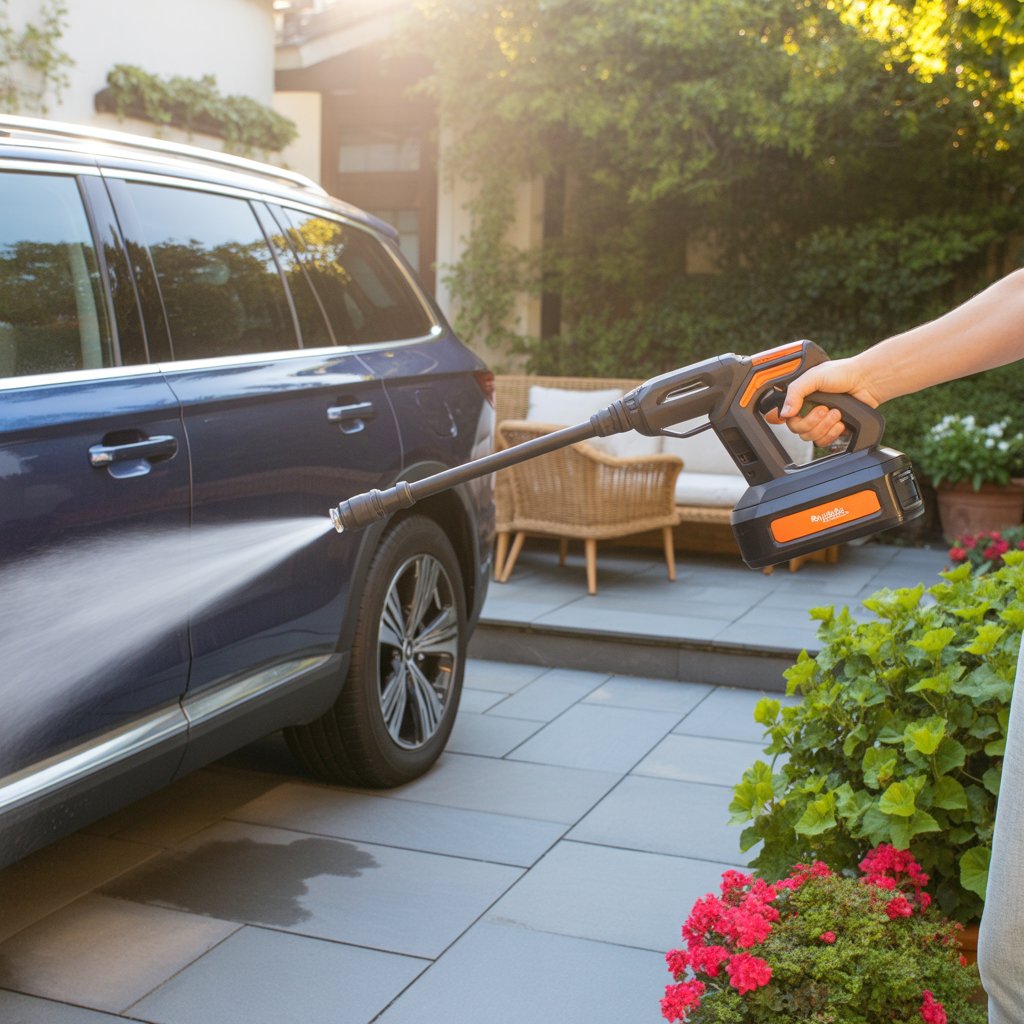
The portability is a game changer. I’ve carried mine around the garden, washed the car, and even taken it to clean patio furniture—all without dragging cables or smelling fuel.
Quick Comparison
| Feature | Gas/Corded Models | Lithium Battery Models |
|---|---|---|
| Power Source | Gasoline or outlet | Rechargeable battery |
| Noise Level | Loud | Quiet |
| Portability | Limited by cords/fuel | Highly portable |
| Maintenance | High (oil, fuel, cords) | Low (battery care only) |
| Eco Impact | Higher emissions | Cleaner, eco-friendly |
Sure, gas models can be stronger for industrial jobs, but for 90% of what I need at home, the lithium washer wins every time.
How to Use a Lithium Battery Pressure Washer for Best Results
At first, I wasn’t sure if a battery-powered washer2 could handle tough grime, but once I learned the right way to use it, it surprised me.
To use a lithium battery pressure washer: charge the battery fully, connect the water source, attach the spray nozzle, power on the washer, and adjust pressure settings based on the surface. Always spray at a safe distance to avoid damage.
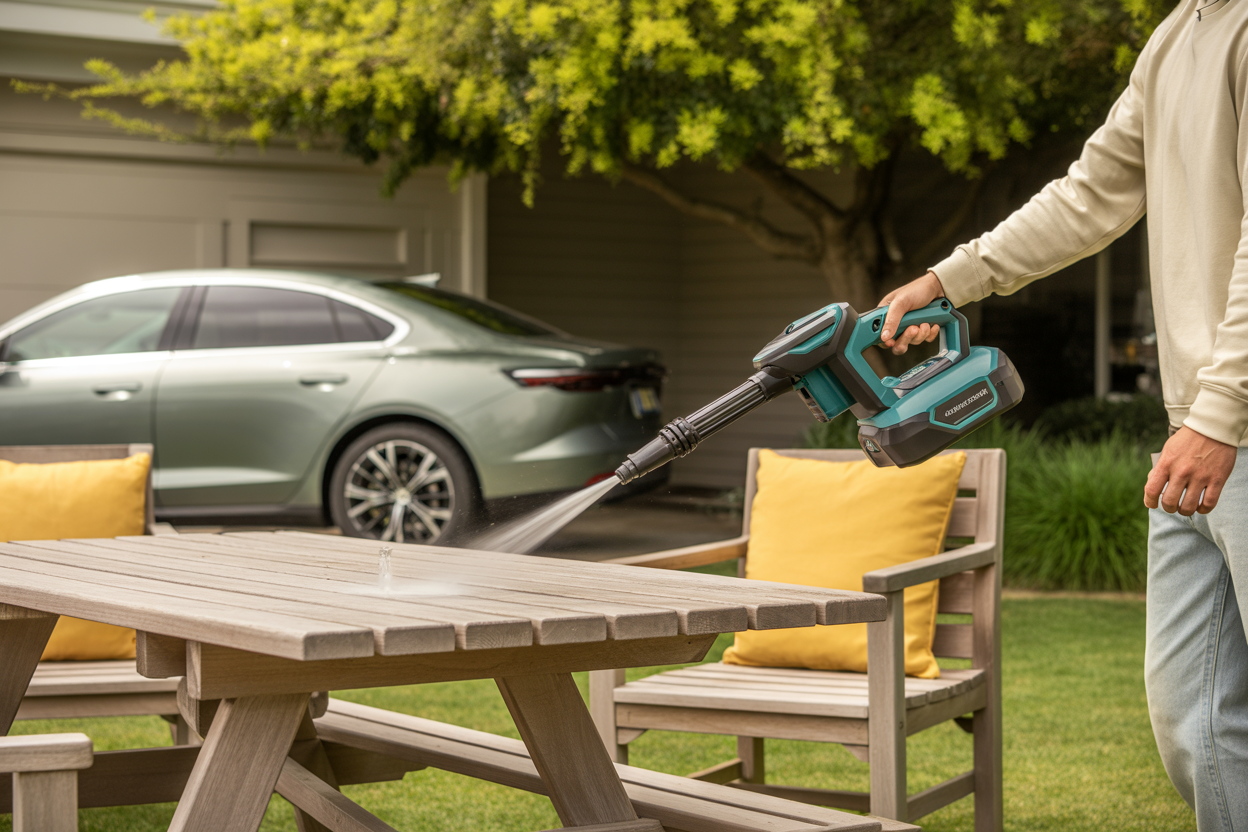
Here’s my routine when I’m cleaning the car or patio:
- Charge fully – A full battery ensures consistent pressure.
- Hook up water – Some models use a hose, others pull from a bucket.
- Choose nozzle – Wide spray for large surfaces, narrow spray for stubborn dirt.
- Keep distance – Start about 2 feet away and adjust closer if safe.
- Work in sections – Spray evenly for better results.
Once, I made the mistake of holding the nozzle too close to wooden decking—it stripped the surface. Lesson learned: respect the pressure. A little patience with distance gives a better clean and avoids damage.
Top Safety Tips When Operating Cordless Pressure Washers
Even though they’re safer than gas washers, lithium models still pack serious force.
Important safety tips include: wearing goggles and gloves, keeping nozzle away from people and pets, avoiding direct spray on electrical outlets, not using in heavy rain, and turning off power before changing accessories.
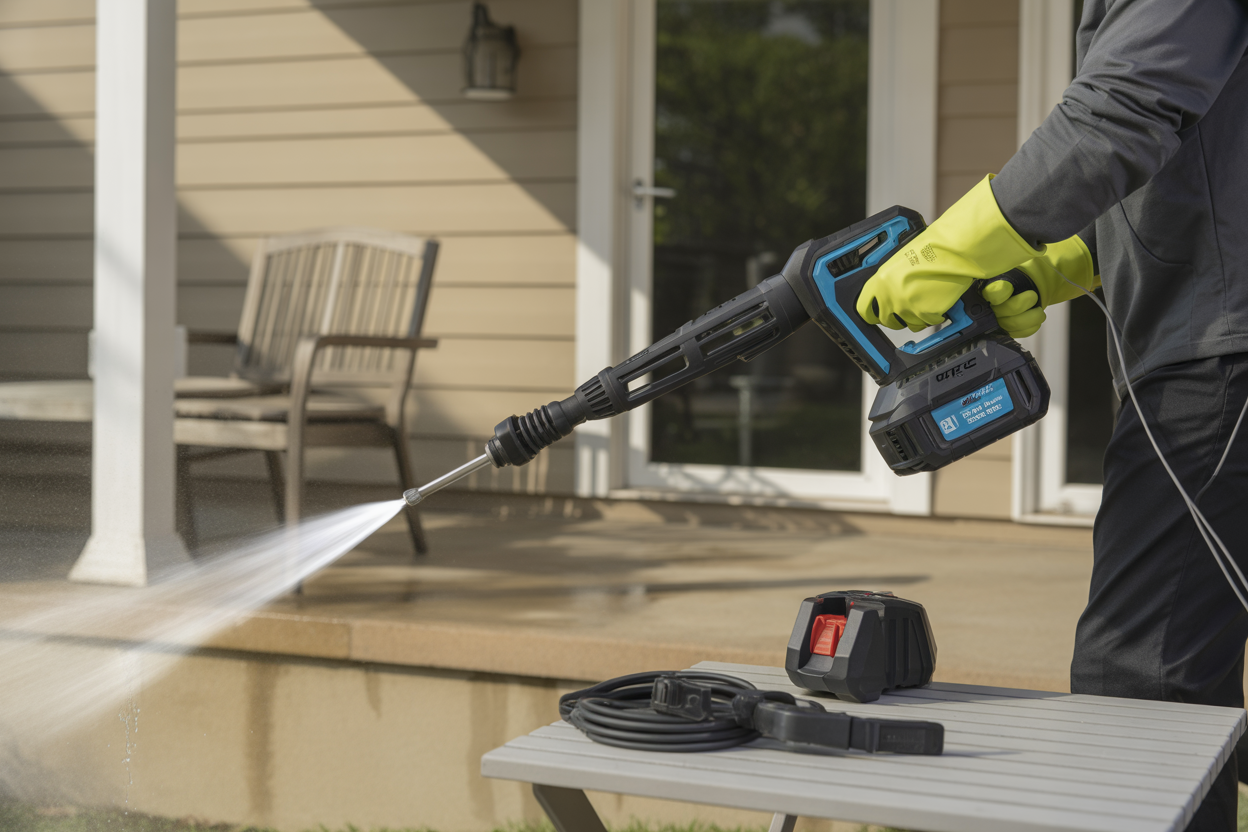
I remember spraying mud off my boots and accidentally hitting my ankle with the jet—painful reminder that these aren’t toys.
Safety Checklist
- Wear protection – Goggles stop debris; gloves improve grip.
- Respect the nozzle – Never point it at people or animals.
- Mind electricity – Don’t spray outlets or live wires.
- Avoid wet weather – Keep battery tools away from heavy rain.
- Power off first – Always shut it down before switching nozzles.
Treat it like you would a power drill—safe when handled properly, risky when ignored.
Maintenance and Charging Tips to Extend Battery Life
Like any cordless tool3, the battery is the heart of the washer. I’ve learned that taking care of it keeps the washer strong and reliable.
To extend battery life: clean the washer after use, remove and store the battery in a dry place, recharge before storage, avoid extreme temperatures, and check connections regularly. Good maintenance ensures longer performance and consistent pressure.
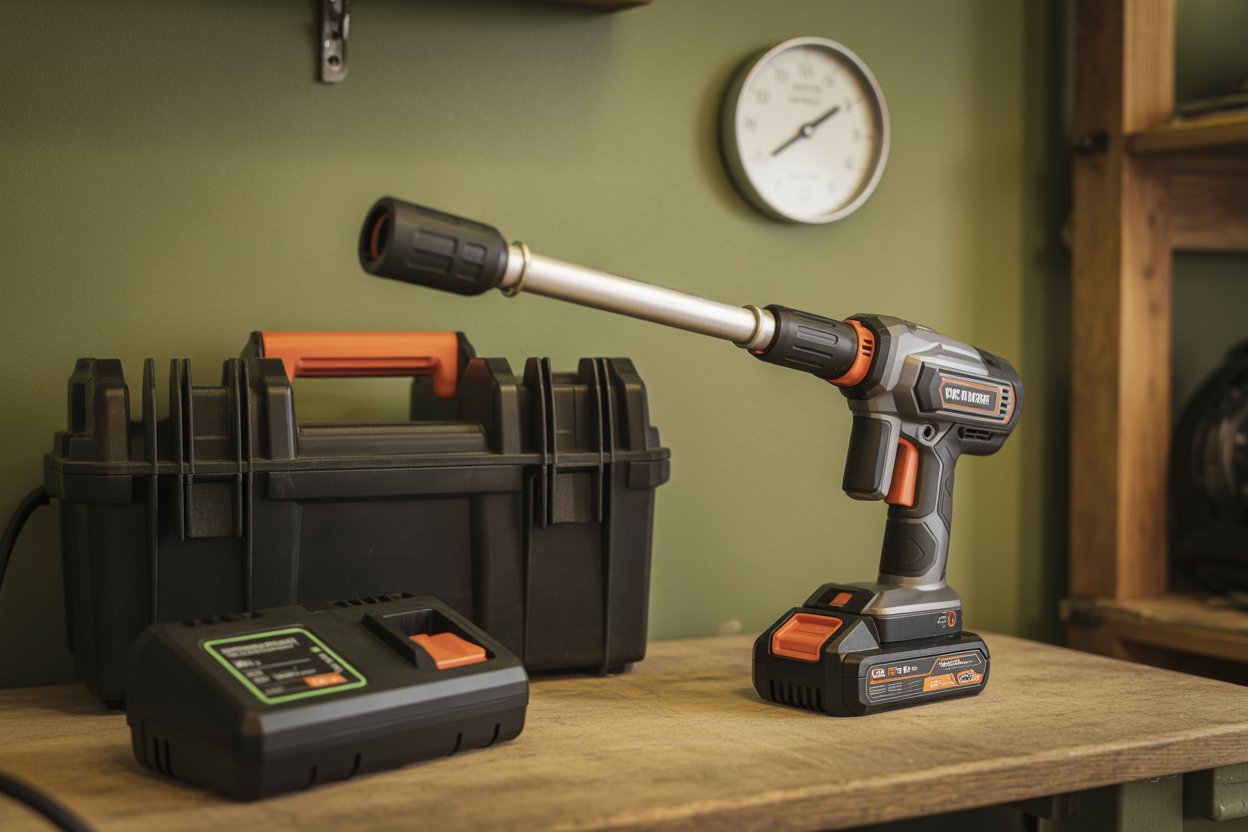
I once left my battery in the garage during winter, and it lost capacity faster. Since then, I always store it indoors.
My Maintenance Routine
- Flush system – Run clean water through to prevent clogging.
- Dry storage – Keep both washer and battery away from damp.
- Recharge regularly – Don’t leave the battery flat.
- Temperature care – Avoid heatwaves or freezing storage.
- Check fittings – Loose nozzles or clogged filters affect performance.
It’s simple: treat it well, and it’ll keep blasting dirt away for years.
Conclusion
Lithium battery pressure washers4 bring freedom, portability, and reliable cleaning power. With safe handling and basic care, they’ll save time and effort on every outdoor cleaning job.
-
Explore this resource to discover in-depth benefits and comparisons that highlight why lithium battery pressure washers are a smart choice for homeowners. ↩
-
Explore this resource to discover the advantages of battery-powered washers, including efficiency, portability, and eco-friendliness. ↩
-
Explore this resource to discover how cordless tools enhance convenience, efficiency, and eco-friendliness in home cleaning tasks. ↩
-
Explore the advantages of lithium battery pressure washers for efficient and eco-friendly cleaning. ↩

